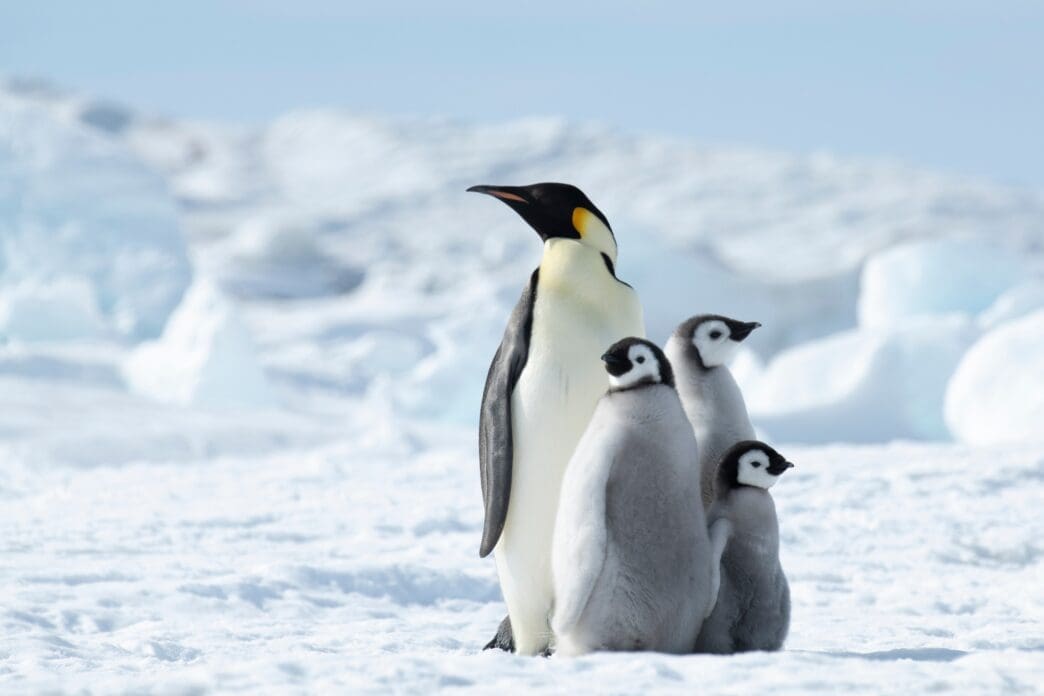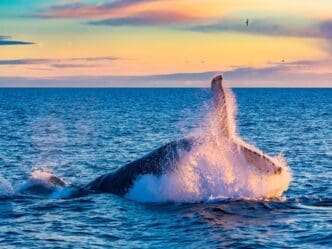Your Essential Overview
- Antarctic expeditions primarily occur from November to March, with each period offering unique wildlife viewing and landscape experiences, and selecting the appropriate ship based on size, activities, and comfort is crucial for the journey.
- Life on an Antarctic expedition involves daily Zodiac cruises and shore landings for close wildlife encounters and exploration, complemented by expert lectures, all while adhering to strict IAATO safety and environmental protocols.
- An Antarctic trip is a significant financial investment requiring comprehensive travel insurance (including emergency medical evacuation), proper cold-weather layering and essential gear, and a reasonable level of physical mobility for shore excursions and Zodiac transfers.
The Destination’s Lore
- Antarctica is a highly sought-after destination due to its status as one of Earth’s last pristine wildernesses, attracting adventurous travelers, wildlife enthusiasts, and nature lovers seeking to experience its untouched beauty, observe unique ecosystems, and foster an appreciation for conservation efforts. These expeditions are restricted to the Antarctic summer (November-March), primarily departing from Ushuaia or Punta Arenas, and necessitate thorough planning, including selecting an appropriate vessel, preparing for challenging polar conditions, and adhering to strict environmental and safety guidelines to ensure minimal impact.
Making the Trip Yours
- An Antarctic expedition offers a truly transformative and unforgettable experience in one of Earth’s last pristine wildernesses, providing unparalleled opportunities for profound connection with nature and wildlife. However, this once-in-a-lifetime journey represents a significant financial and physical investment, demanding meticulous planning, adherence to strict responsible tourism guidelines, and a deep commitment to conservation to preserve the continent’s fragile beauty.
Perspectives from the Road
- Prospective travelers view an Antarctic expedition as a once-in-a-lifetime journey to experience pristine wilderness, observe unique wildlife, and gain a profound appreciation for conservation, with preferences for specific seasonal activities and ship amenities.
- Expedition operators aim to provide diverse options for travelers, offering a range of ship sizes, comfort levels, and activities to cater to varying interests and budgets, while prioritizing safety and educational experiences.
- Environmental and safety organizations, like IAATO, emphasize that responsible tourism is paramount, requiring strict adherence to guidelines to ensure minimal environmental impact and visitor safety in Antarctica.
An expedition to Antarctica is a journey to one of Earth’s last pristine wildernesses, offering an unparalleled opportunity for adventurous travelers, wildlife enthusiasts, and nature lovers to witness breathtaking landscapes and unique ecosystems. This once-in-a-lifetime voyage typically occurs during the Antarctic summer, from November to March, with most expeditions departing from Ushuaia, Argentina, or Punta Arenas, Chile, heading south to the Antarctic Peninsula and the South Shetland Islands. The primary motivation for embarking on such a trip is to experience the raw, untamed beauty of the continent, observe diverse wildlife in its natural habitat, and gain a profound appreciation for conservation efforts in this remote corner of the world.
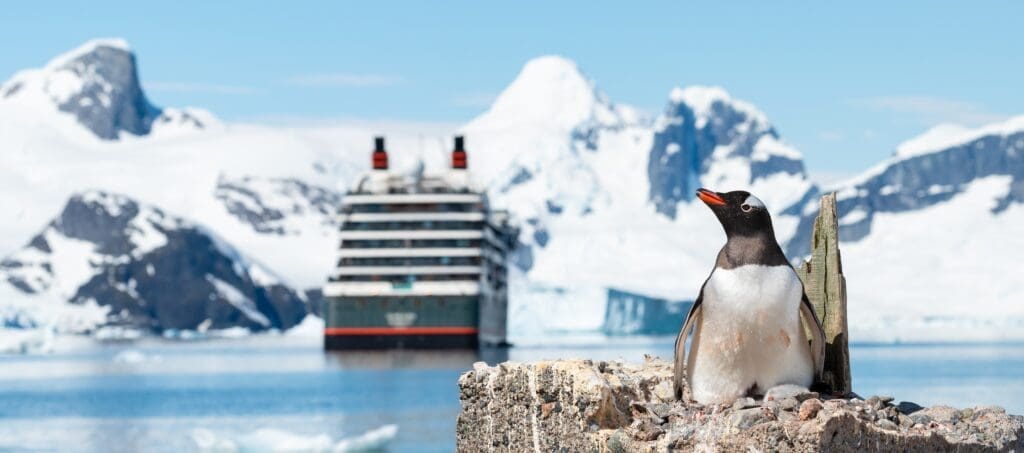
When to Go: Timing Your Antarctic Adventure
The Antarctic expedition season is relatively short, spanning from late spring to early autumn in the Southern Hemisphere. Each phase of the season offers distinct advantages and unique experiences, making the timing of your trip a crucial decision based on your interests.
November: Early Season Magic
The early season in November is characterized by pristine, untouched snow and ice, as the continent emerges from its long winter. This period is ideal for photographers seeking dramatic, unspoiled vistas. Penguin colonies are busy with courtship rituals, nest building, and egg laying, providing fascinating insights into their breeding cycles. You’ll also encounter fewer ships, offering a more solitary experience.
December and January: Peak Season Wonders
December and January represent the peak of the Antarctic summer, boasting the longest daylight hours, sometimes extending to 20 hours or more. This is when penguin chicks begin to hatch, transforming the colonies into bustling nurseries filled with adorable, fluffy youngsters. The warmer temperatures also lead to more accessible landing sites, and the chances of spotting various whale species increase as they return to feed in the nutrient-rich waters.
February and March: Whale Watching and Fledglings
As the season progresses into February and March, the focus shifts to whale watching, with humpback, minke, and orca sightings becoming more frequent and spectacular. Penguin chicks are now adolescent, rapidly molting their downy feathers and preparing to fledge. The ice recedes further, potentially opening up new exploration routes, and the sunsets become particularly vivid and extended, painting the sky with an array of colors.
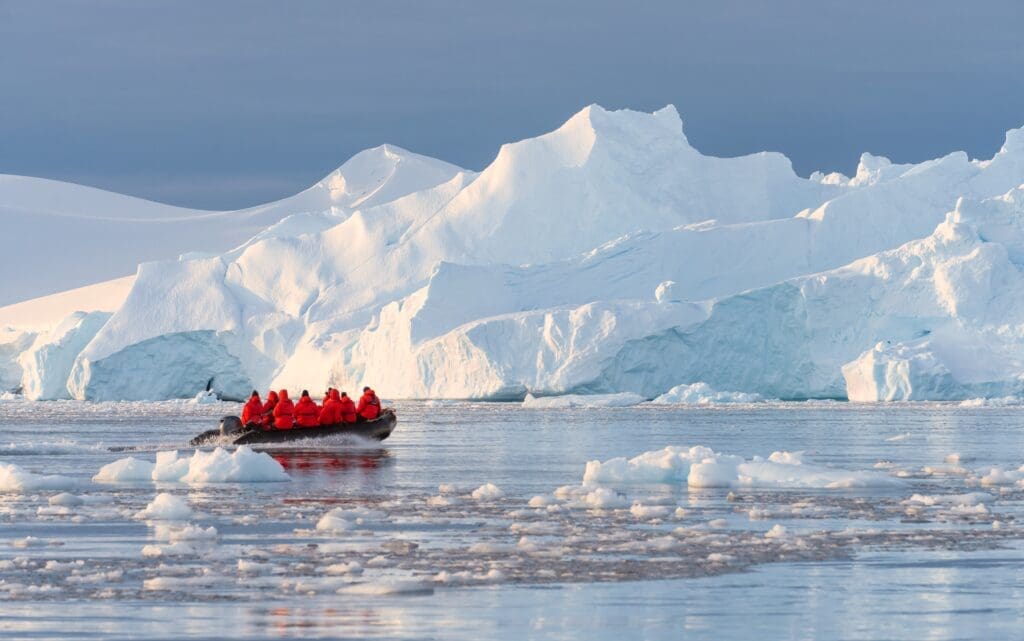
Choosing Your Expedition Ship
Selecting the right vessel is paramount to your Antarctic experience, as it serves as your home, transport, and base for exploration. Ships vary significantly in size, amenities, and the types of activities they offer.
Ship Size and Passenger Capacity
Expedition ships typically range from small vessels carrying fewer than 100 passengers to larger ships accommodating up to 500. Smaller ships offer a more intimate experience and often have greater flexibility for landings, allowing passengers more time ashore in multiple locations per day. Larger ships, while offering more amenities and stability in rough seas, are subject to stricter regulations regarding the number of passengers allowed ashore at any one time, potentially leading to shorter or fewer landings.
Activities and Inclusions
Beyond standard Zodiac cruises and shore landings, many operators offer a range of optional activities. These can include sea kayaking, stand-up paddleboarding, camping on the continent, snowshoeing, mountaineering, and even polar plunges. Consider what additional experiences you wish to have when choosing your operator. Most expeditions include meals, lectures, and guided excursions in their base price, but specific optional activities often incur extra costs.
Comfort Level and Amenities
Antarctic expedition ships span a spectrum from comfortable, functional vessels to ultra-luxury cruisers with gourmet dining, spas, and butler service. Your choice should align with your budget and preferred travel style. Regardless of the luxury level, all reputable ships are designed to withstand polar conditions and prioritize safety.
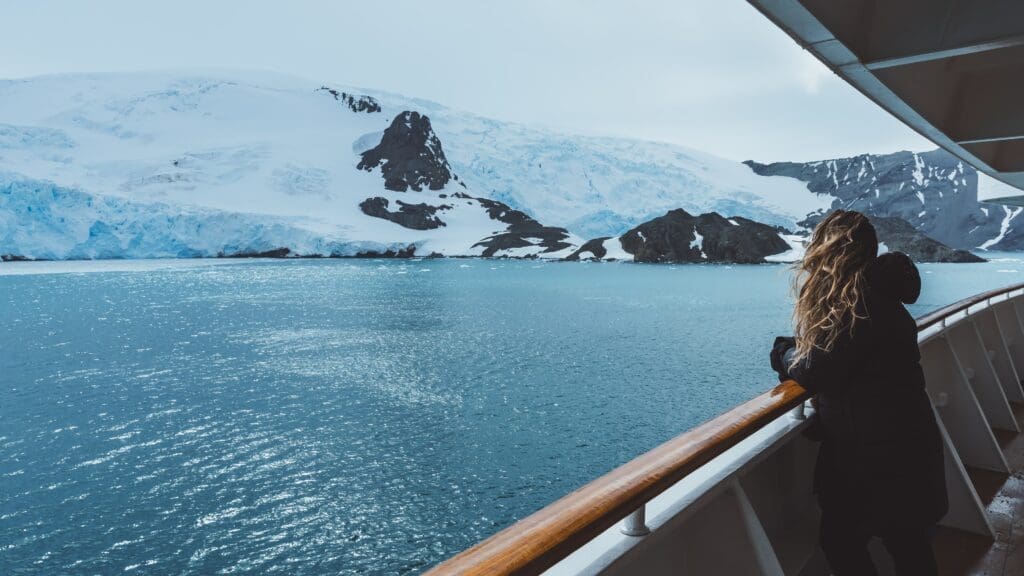
The Journey South: Getting There
Reaching Antarctica is an adventure in itself, primarily involving international flights to a gateway city, followed by the sea voyage across the infamous Drake Passage.
Gateway Cities
The vast majority of Antarctic expeditions depart from Ushuaia, Argentina, often dubbed the “End of the World.” This charming city offers a picturesque setting and serves as a convenient starting point for trips to the Antarctic Peninsula. Some expeditions also depart from Punta Arenas, Chile, particularly those offering fly-cruise options where you can bypass the Drake Passage by flying directly to the South Shetland Islands. For those embarking on longer, more comprehensive voyages to the Ross Sea region, departures may be from Christchurch, New Zealand, or Hobart, Australia.
Crossing the Drake Passage
The body of water separating South America from the Antarctic Peninsula is the Drake Passage, renowned for its potential for rough seas. Travelers often refer to the experience as either the “Drake Shake” (rough seas) or the “Drake Lake” (calm waters). This two-day crossing is an integral part of the adventure, offering opportunities to spot albatrosses and other pelagic birds. It’s highly advisable to consult your doctor about seasickness medication before your trip, even if you don’t typically experience motion sickness.
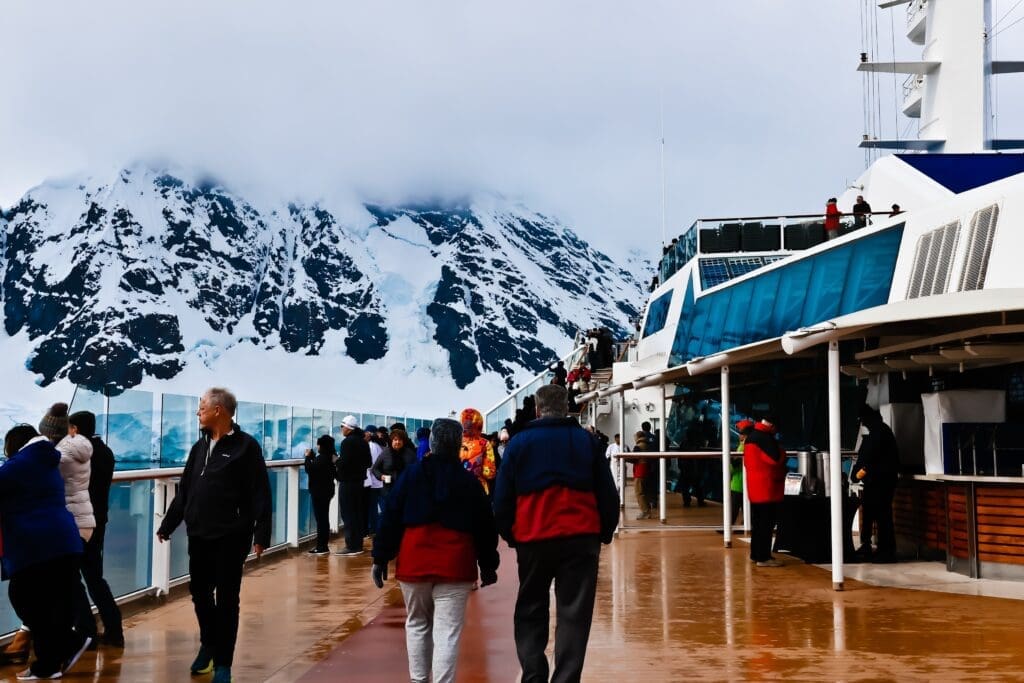
What to Expect: Life on Board and Ashore
Life on an Antarctic expedition ship is a unique blend of learning, exploration, and camaraderie with fellow travelers.
Daily Schedule
A typical day involves a rhythm dictated by weather and ice conditions. Mornings and afternoons usually feature shore landings via Zodiac boats or cruises among icebergs, offering close-up encounters with wildlife and landscapes. Onboard, experts deliver engaging lectures on glaciology, polar history, marine biology, and ornithology. Meal times are social events, and evenings often include recaps of the day’s adventures and briefings for the next day.
Wildlife Encounters
Antarctica is a haven for wildlife. You’ll likely encounter several species of penguins, including Adélie, Chinstrap, and Gentoo, often in vast, bustling colonies. Various seals, such as the massive Weddell seals, playful crabeater seals, and formidable leopard seals, bask on ice floes or swim gracefully. Whale sightings, particularly humpbacks, minke whales, and orcas, are common, especially later in the season. The skies are patrolled by an array of seabirds, including several species of albatross and petrels.
Safety and Environmental Protocols
Responsible tourism is paramount in Antarctica. All reputable operators adhere strictly to the guidelines set by the International Association of Antarctica Tour Operators (IAATO). These guidelines ensure minimal environmental impact and prioritize visitor safety. Expect thorough briefings on biosecurity (cleaning your gear to prevent the introduction of foreign species), maintaining respectful distances from wildlife, and the “leave no trace” principle, which dictates that nothing should be left behind or taken from the continent.
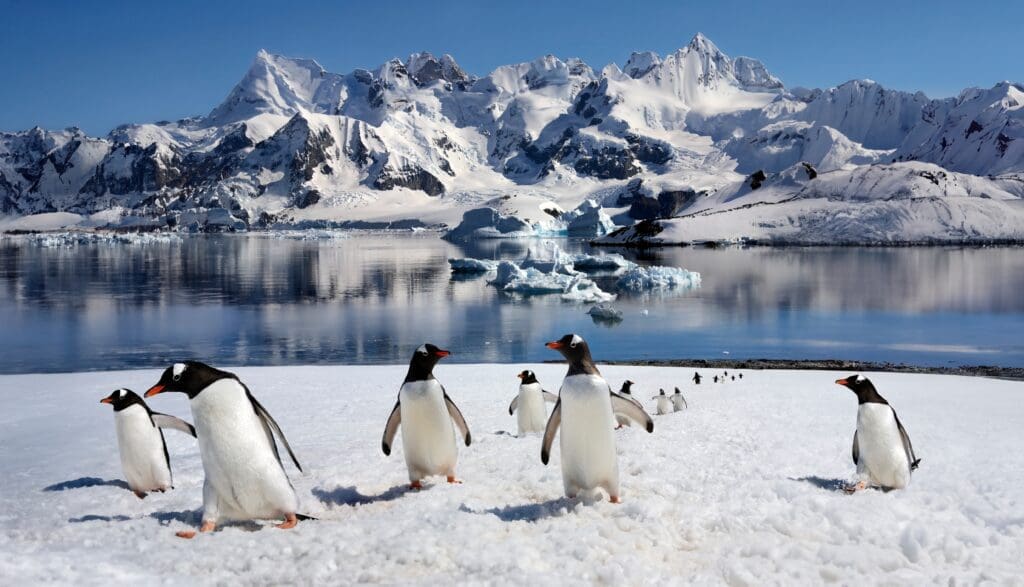
Packing Essentials: Be Prepared for the Cold
Proper gear is crucial for enjoying your Antarctic adventure comfortably. The key is layering, as conditions can change rapidly.
Outer Layers
A waterproof and windproof outer shell jacket and pants are essential. These should be durable and provide excellent insulation. Many expedition companies provide or rent parkas, so check with your operator.
Mid and Base Layers
Warm fleece jackets, sweaters, and insulated pants form your mid-layers. For base layers, opt for moisture-wicking thermal underwear (tops and bottoms) made from merino wool or synthetic materials. Avoid cotton, which loses its insulating properties when wet.
Head, Hands, and Feet
A warm, windproof hat that covers your ears is vital. You’ll need waterproof gloves or mittens (preferably two pairs: a thin liner pair and a thick outer pair). For footwear, waterproof, insulated boots are necessary for wet landings; many ships provide these. Pack several pairs of thick wool or synthetic socks.
Accessories and Personal Items
High-quality sunglasses with UV protection are crucial due to the glare from ice and snow. Don’t forget sunscreen and lip balm with SPF. Bring a waterproof daypack for shore excursions, extra batteries for your camera (cold drains them quickly), and a good pair of binoculars. Any personal medications, especially motion sickness remedies, should be packed in your carry-on.
Budgeting for Antarctica
An Antarctic trip is a significant investment, but one that offers unparalleled returns in experience. Understanding the costs involved is key to planning.
Cost Factors
The price of an Antarctic expedition varies widely based on the ship’s luxury level, cabin category, duration of the voyage, and the specific activities included. Prices typically range from $8,000 to over $20,000 per person for a standard 10-14 day trip. Longer and more specialized itineraries, such as those to the Ross Sea, can be considerably more expensive.
What’s Included and What’s Extra
Most expedition costs cover accommodation, all meals on board, daily shore excursions and Zodiac cruises, and educational programs. What’s often extra includes international airfare to the gateway city, pre and post-cruise hotel stays, alcoholic beverages (unless specified), personal expenses, optional activities like kayaking or camping, and, crucially, comprehensive travel insurance. Given the remote nature of the destination, travel insurance with emergency medical evacuation coverage is non-negotiable.
Physical Requirements and Health
While an Antarctic expedition doesn’t demand extreme athleticism, a reasonable level of mobility and good health are beneficial.
Passengers should be able to navigate stairs, manage transfers to Zodiac boats (which can be a bit wobbly), and walk on uneven, sometimes slippery terrain during shore landings. Anyone with pre-existing medical conditions should consult their doctor before booking and inform the expedition operator. Seasickness is a common concern, and preventative measures are highly recommended for the Drake Passage crossing.
Embarking on an Antarctic adventure is a journey to the end of the Earth, promising a truly transformative experience unlike any other. Careful planning, from selecting the ideal time to travel and the right ship, to understanding the unique conditions and packing appropriately, will ensure your trip is not just memorable, but truly unforgettable. This pristine continent offers a profound connection with nature and a stark reminder of the planet’s fragile beauty, leaving every visitor with a renewed sense of wonder and a deep commitment to its preservation.


